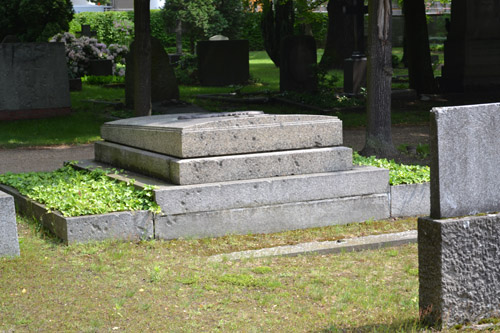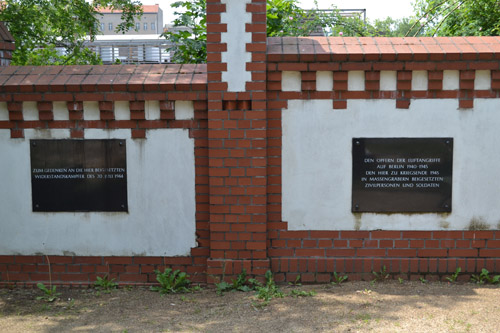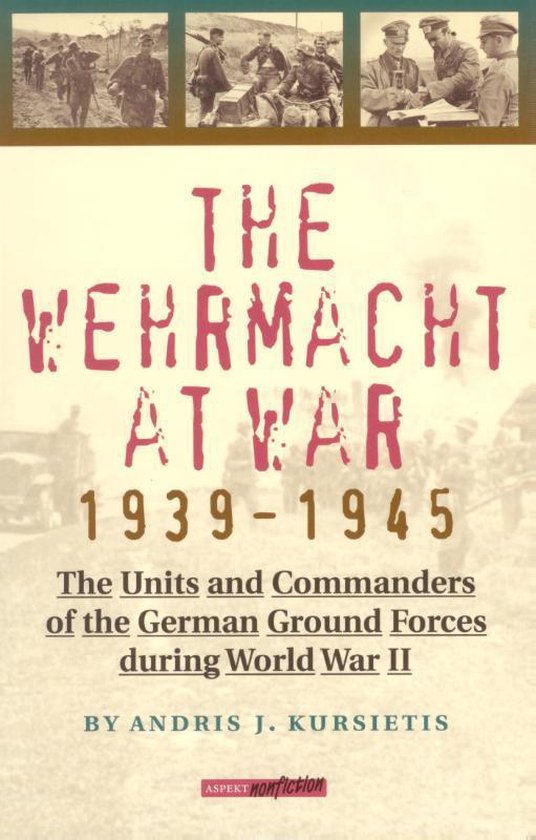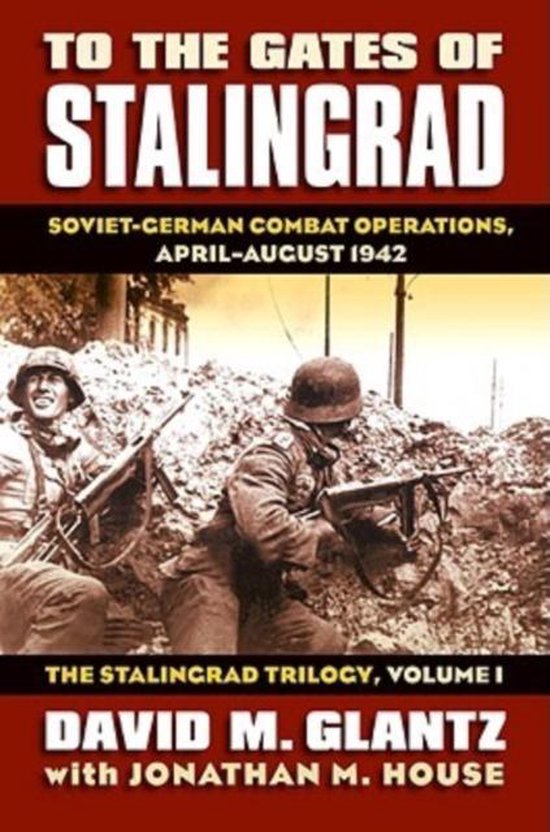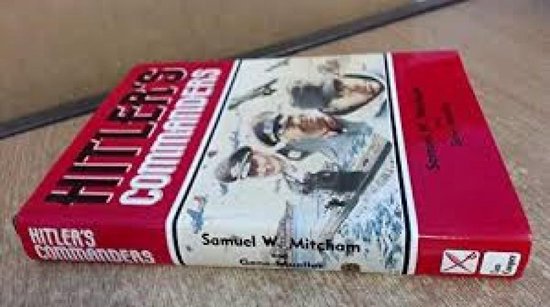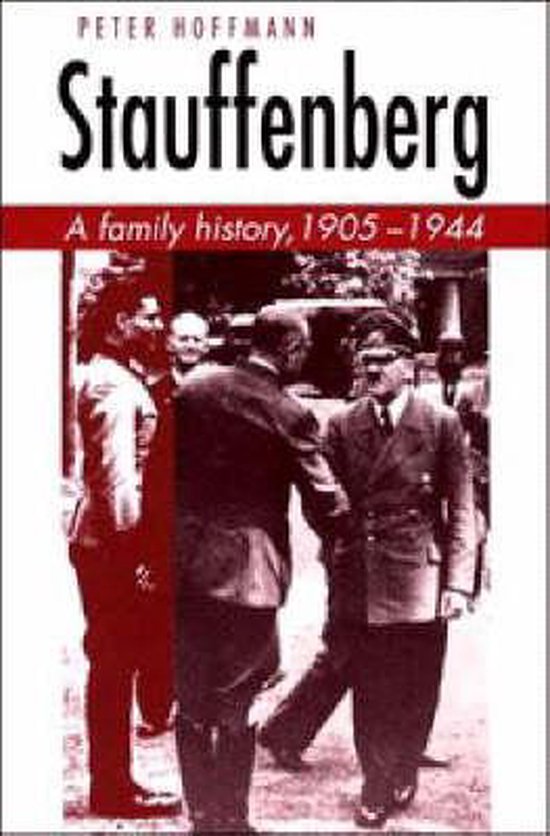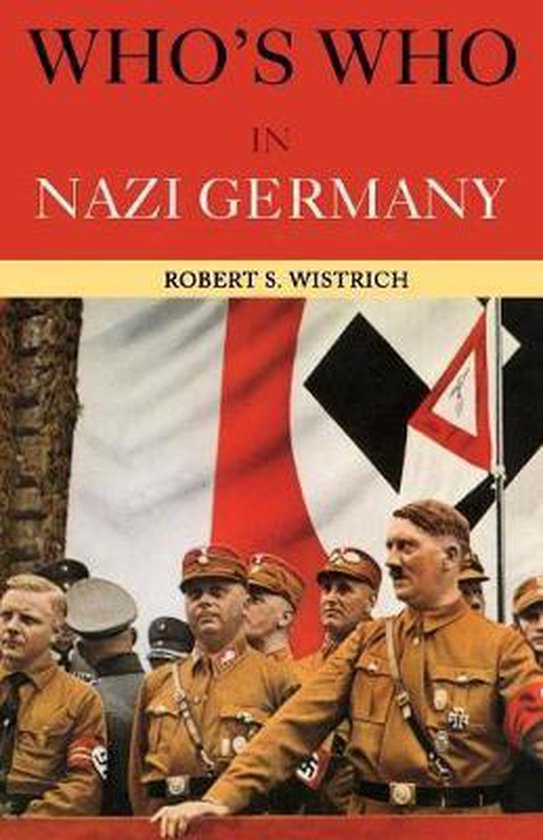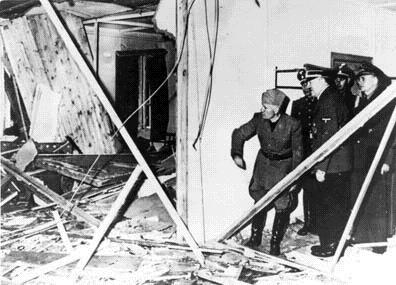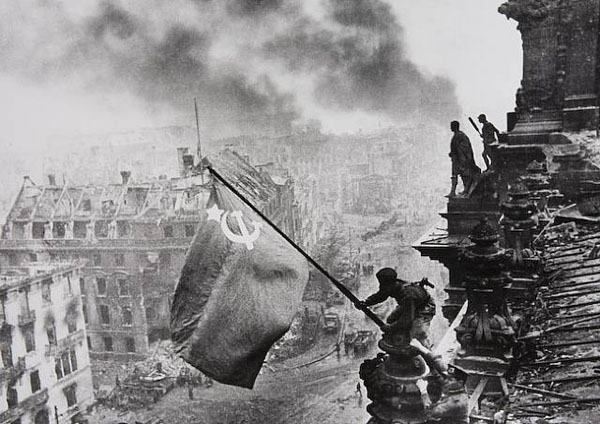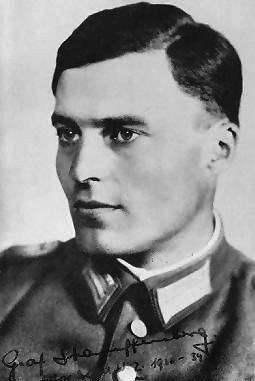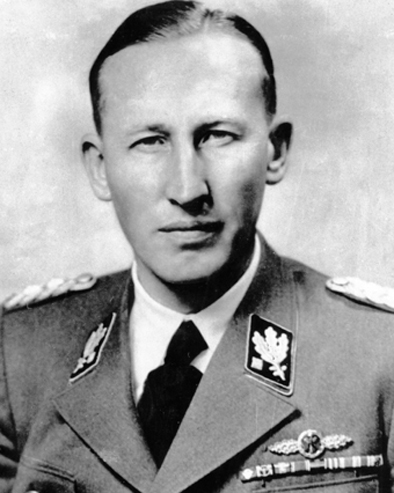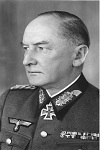Invalidenfriedhof
The Invalidenfriedhof Cemetery is one of the oldest cemeteries in Berlin.
The Prussian General Gerhard Johann David Waitz von Scharnhorst (12 November 1755 – 28 June 1813), known for his military theories, his reforms of the Prussian army and his leadership during the Napoleonic Wars. He died from wounds sustained in the Battle of Lützen, on 2 May 1813, and is buried here.
During and after the First World War, this cemetery was used to bury German officers who were killed in this war. There are also WW1 veterans buried here.
During the Nazi regime, a number of important people were buried in the Invalidenfriedhof, including field marshal Walter von Reichenau, former Army commander Werner von Fritsch, air ace Werner Mölders, Luftwaffe commander Ernst Udet, Munitions Minister Fritz Todt, Reichsprotector of Bohemia and Moravia Reinhard Heydrich and General Rudolf Schmundt, who was killed in the July 20, 1944 plot by the bomb intended for Adolf Hitler.
The cemetery also contains a mass grave of residents of Berlin killed in Allied air raids, but this grave is not marked.
After World War II, the Allies ordered that all Nazi monuments (including those in cemeteries) should be removed and this resulted in the removal of the grave-markers of Heydrich and Todt, although their remains were not disinterred. Since it lay close to the Berlin Wall, in the 1960s over a third of the cemetery was destroyed to make way for watch towers, troop barracks, roads and parking lots. The degradation of the cemetery continued in the following years.
After German reunification in 1990, the cemetery was placed under the monument protection scheme and restoration work began. There is now a memorial to people who were killed trying to cross the Berlin Wall in the cemetery.
There are several grave memorials on the Invalidenfriefhof that still contain the damage from the fighting for Berlin in 1945.
The Invalidenfriedhof contains the mass grave of 34 German soldiers and civilians who fell in 1945.
Two plaques are attached to the wall near the mass grave. The first plaque bears the following text:
"For the victims of the air raids on Berlin from 1940 to 1945 and for the civilians and soldiers buried here in mass graves at the end of the war in 1945".
The second plaque commemorates those buried here who were involved in the failed coup of 20 July 1944.
Do you have more information about this location? Inform us!
Source
- Text: TracesOfWar
- Photos: Willem Visser (1, 2, 3), Kaj Metz (4, 5)
Related books
Nearby
Museum
- Berliner Unterwelten (Air Raid Shelter Brunnenstraße) - Berlin
- Anne Frank Centre - Berlin
- Otto Weidt’s Workshop for the Blind - Berlin
Point of interest
- Former German Academy of Military Surgery - Berlin
- Sandkrugbrücke Berlin - Berlin
- Museum für Naturkunde - Berlin
Monument
- Memorial Moabit Prison - Berlin-Moabit
- Memorial Vermögensverwertungsstelle - Berlin-Moabit
- Memorial Antonin Hampl - Berlin
Cemetery
- Mass Grave Germans Domfriedhof I - Berlin
- German War Graves Dorotheenstädtischer Friedhof - Berlin
- German War Cemetery Wilsnacker Straße - Berlin-Moabit
Remembrance Stone
- Stumbling Stone Chausseestraße 44 - Berlin-Mitte
- Stumbling Stone Chausseestraße 117 - Berlin-Mitte
- Stumbling Stones Invalidenstraße 33 - Berlin-Mitte

